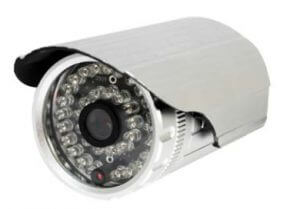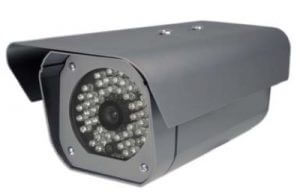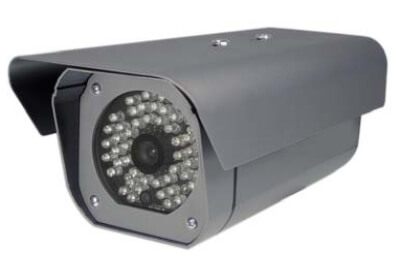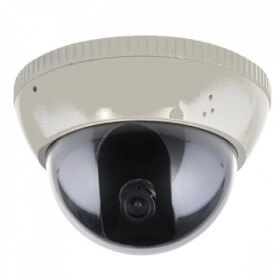All these kind of cameras come under the category of webcams but IP cameras are different because they are used for surveillance purposes only.
IP cameras are divided into centralized and decentralized cameras. Centralized IP cameras uses network video recorder for recording and alarm management whereas decentralized IP camera can use any local or remote storage media.




